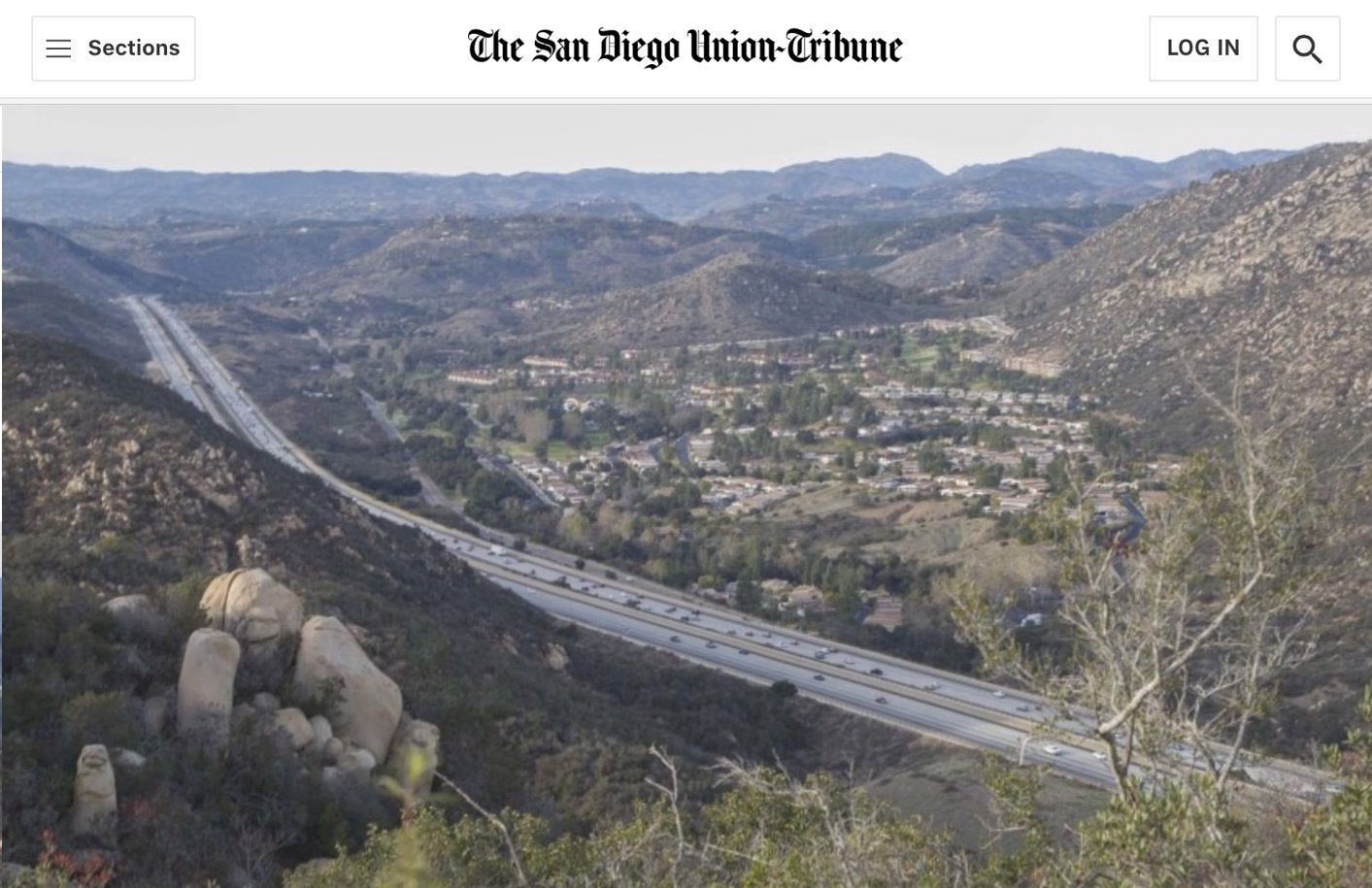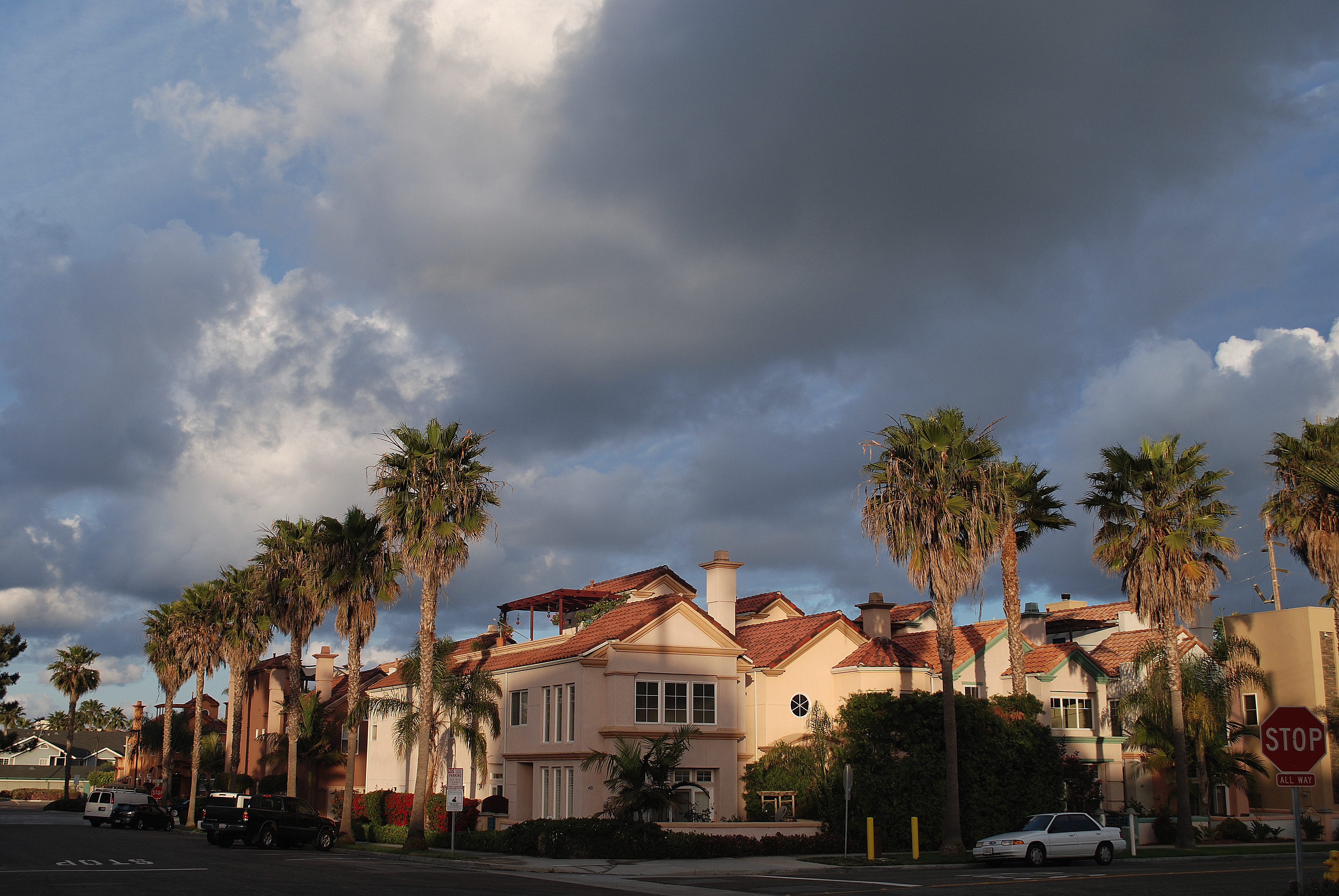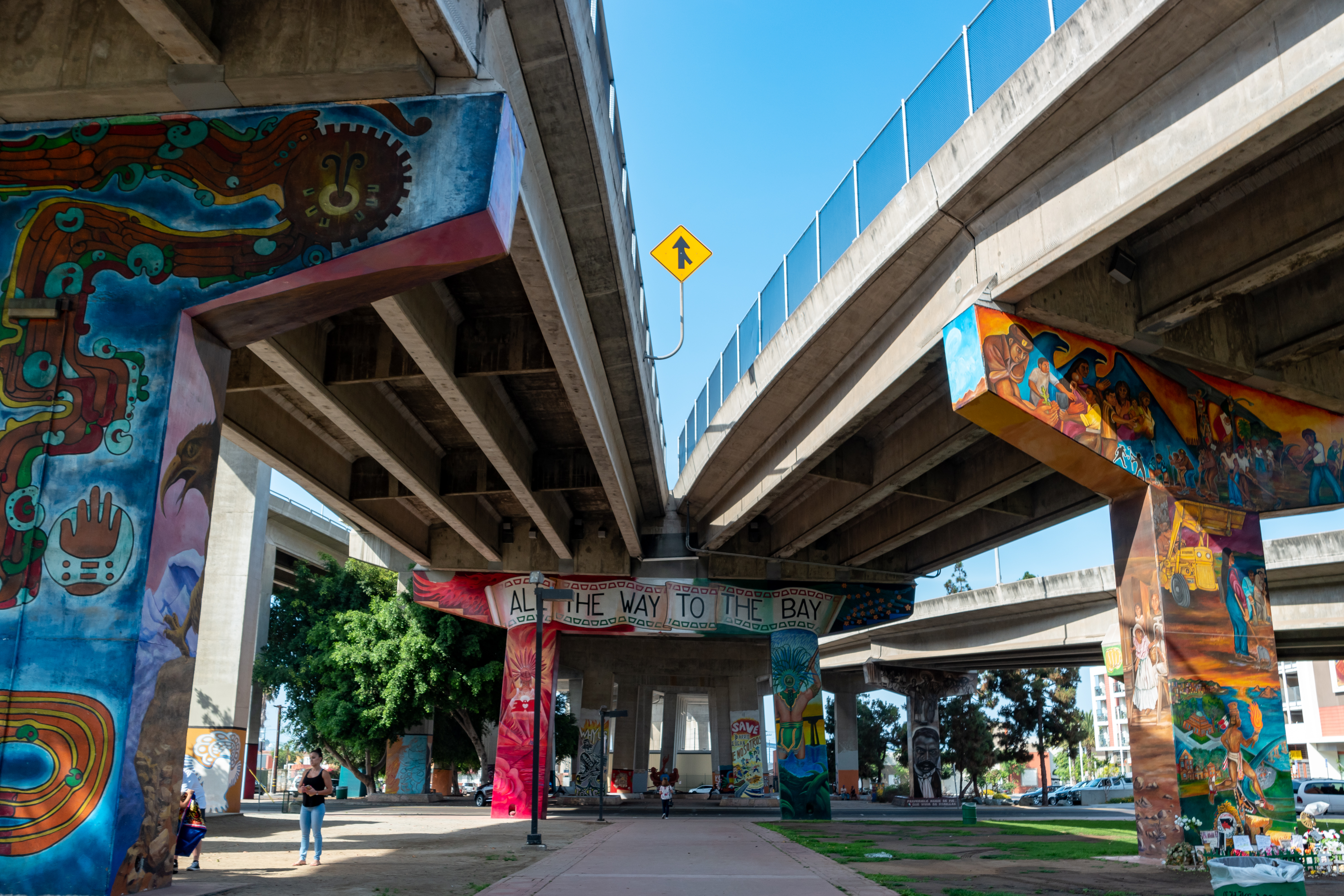Share post via this link: permalink.
A storm of controversy arose recently over the San Diego Union-Tribune’s secretive decision to delete a story published on Saturday morning, January 18. The article, published by respected Watchdog author, Jeff McDonald, reported on a recent endorsement by the Climate Action Campaign of two measures on the March ballot: Yes on Measure A (Save our San Diego Countryside initiative) and No on Measure B (rejecting the Newland Sierra development).

The Climate Action Campaign, one of the most well-regarded climate organizations in San Diego County, noted they support a vote of Yes on A and No on B stating: “Enough is enough. Yes on A will safeguard the smart growth vision of the general plan and give our region a fighting chance to meet the climate goals that are critical to achieving a safe and livable future for kids growing up today.”
The article ran for two days and was shared widely across social media and received a great deal of comments in the UT comment section and around social media. Monday morning, there were reports that the link to the article was dead. “Page you requested cannot be found.” Various readers (including Grow the San Diego Way) emailed the author who responded, referring the requests to his editor. We received no response from the editor.
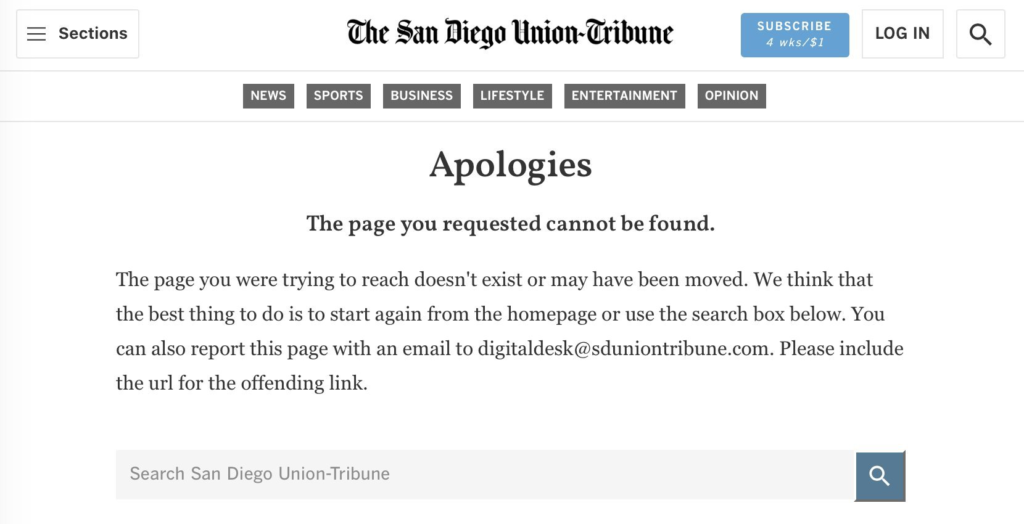
No one would explain why the article was down. However, it turns out that Tony Manolatos, who leads the public affairs team for the Building Industry Association’s (BIA) “No on A” campaign, that same day appeared to boast about having essentially pressured a media outlet (the Union-Tribune) to retract a story which they felt would not be favorable to “one of our clients” (the developer lobby’s No on A campaign). “Sometimes reporters get it wrong. They’re human. They make mistakes” he notes. “They also agreed that the story should not have been published, and they removed it from their website.” Interestingly, if Mr. Manolatos had not brought it up, it would have remained a mystery or been chalked up to a technical error. His tweet revealed what people in the industry have known for years: special interests have the ability to shape, control and change the media narrative to benefit their investors, industry or clients.
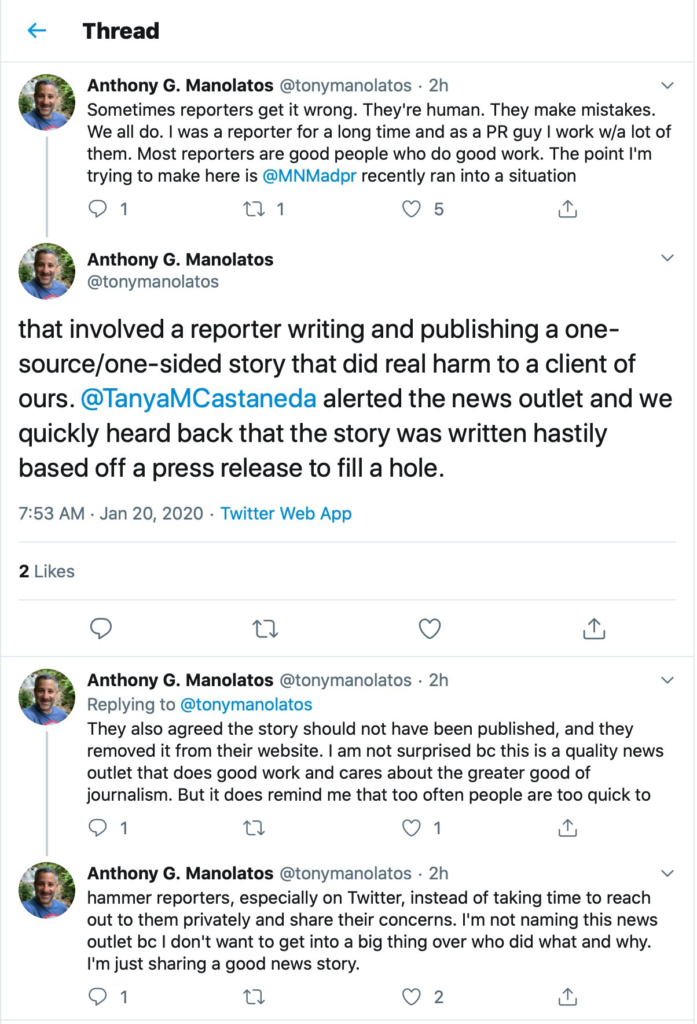
Twitter political “nerds” were outraged and called out the Union-Tribune, Mr. Manolatos and the BIA for their manipulation and bullying of the media. It is virtually unheard of for a reputable media company to kill an article after it has been published. Usually, if a correction needs to be made, they do so without deleting the entire article. Manolatos’ “No on A” team had been earlier criticized by the Voice of San Diego for constantly hounding them every time they published a piece on Measure A, if they did not print every single focus group tested talking point in the article.
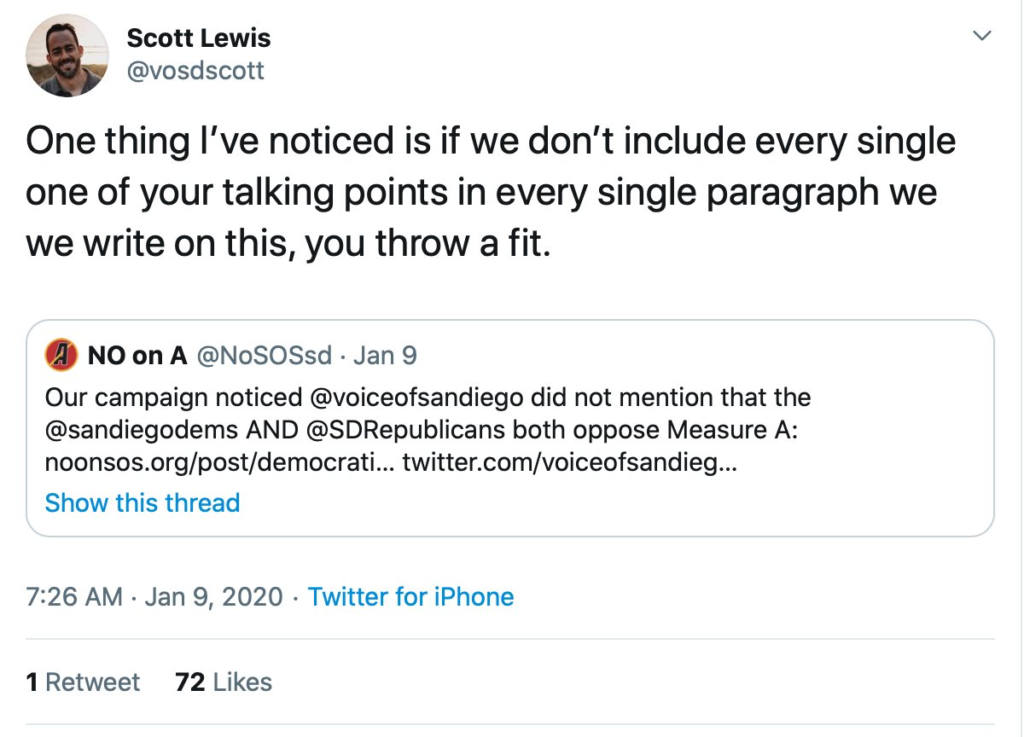
They seem to have a reputation for pressuring the media and getting what they want for their clients. This is what several hundred thousand dollars (according to No on A campaign disclosures) will get you when you hire a public affairs firm like Manolatos Nelson Murphy.
After 24 hours of criticism, Manolatos deleted his original tweet, but the damage was done. We got a sneak peak into how the media and politicians are manipulated by one of the most influential special interests in San Diego County, the sprawl developer lobby (the Building Industry Association).
It’s not just the media. They have special access to politicians too.
Interestingly, last month, Manolatos was also involved in behind-the-scenes maneuvering to pressure Supervisor Jim Desmond to change the ballot language for Measure A, at the last minute. In an email to Jim Desmond’s private email account, Jeff O’Connor, of the Building Industry Association Executive Team (and VP for developer HomeFed) wrote “if the language does not change, it is highly doubtful that we will be able to defeat this measure”
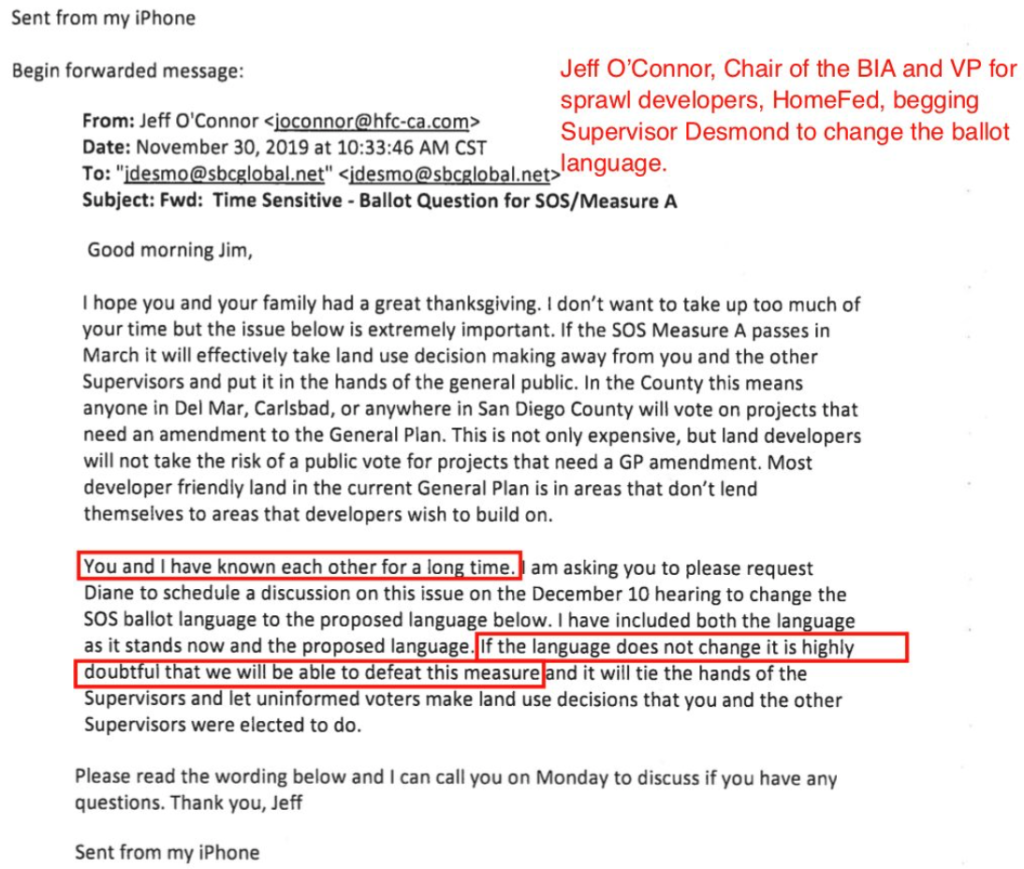
It was revealed that Manolatos and a coterie of lobbyists, lawyers and public affairs firms had a conference call (referenced in the below email) to strategize how to change the ballot language, presumably to increase their chance of winning the campaign.
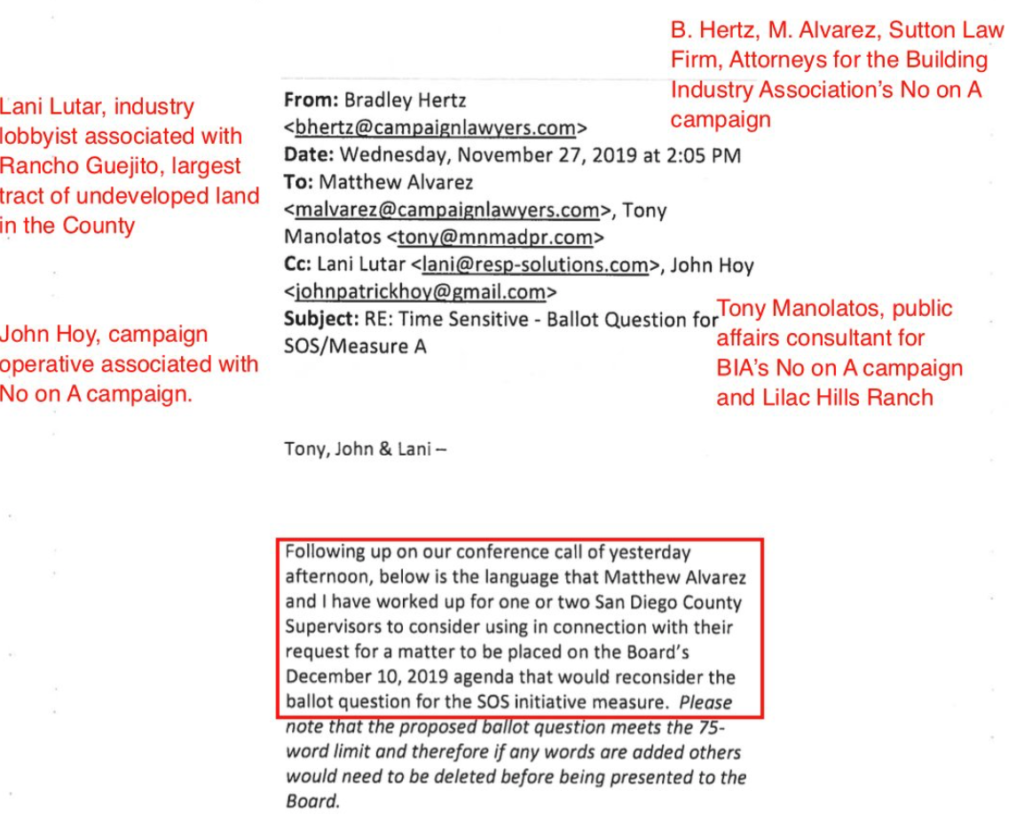
This too, would never have been revealed without a Public Records Act request which revealed private text messages and emails to Supervisor Desmond from Borre Winckel the head of the Building Industry Association as well as other sprawl developer lobbyists.

The Supervisor placed the developer-provided ballot language change on the Board agenda to be voted on at the next Board meeting. Only a few weeks earlier, the proponents for Measure B (Newland Sierra) had successfully attempted a similar maneuver and were able to change the ballot language to more favorable, poll tested language. On Measure A’s ballot language change, Supervisor Desmond, when initially confronted by several constituents, told them it had been his idea because he felt the language wasn’t clear enough. After receiving a Public Records Act request response two weeks later, it was revealed that it was Manolatos and his client, the BIA, who had initiated the entire scheme. He had lied to his own constituents. The language that the BIA and their lawyers proposed contained numerous factual errors, pointed out by the Yes on A team, not least of which was that the deadline for changing the language had already passed. After all that drama and subterfuge, the Supervisors pulled the item the day of the hearing. The language that the BIA had feared would favor the Yes vote based on their internal polling, ended up remaining the same.
UPDATE: “new and improved” article resurfaces
A few days later, a new notice appeared at the previously “not available” link with only a headline and a notice, “this article was published prematurely and will be updated soon.” Presumably this would include more BIA talking points provided by Manolatos and his team.
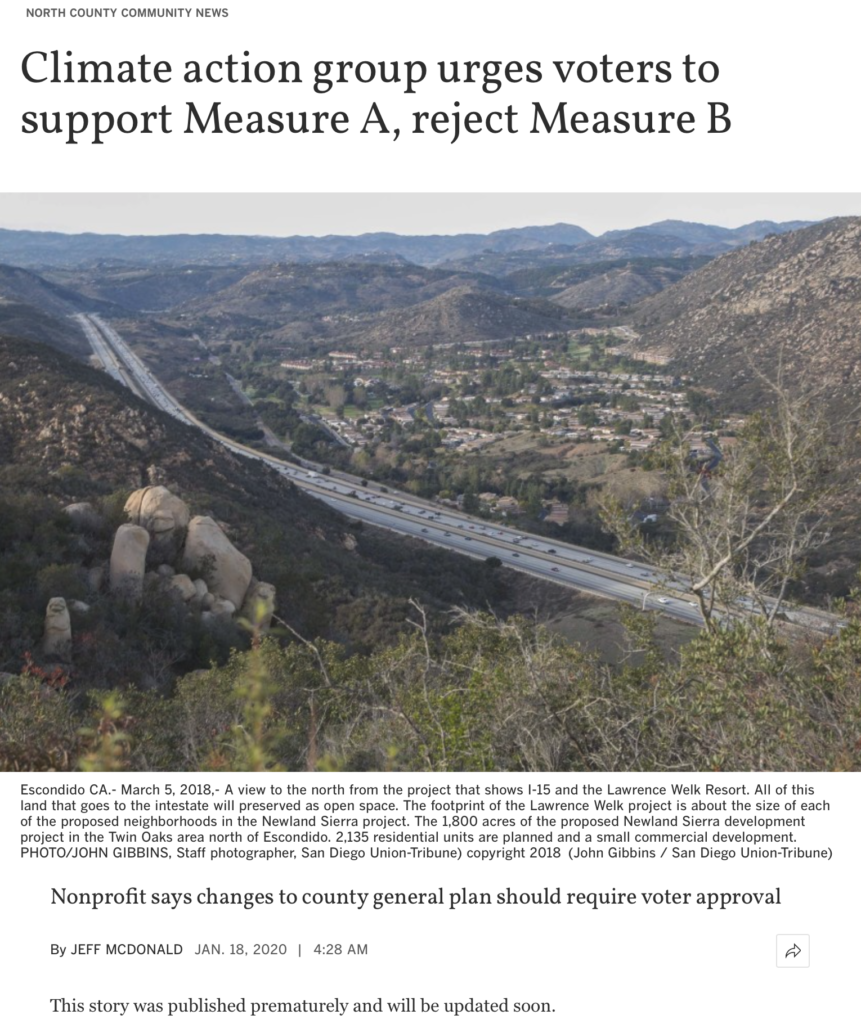
Five full days after the original article was published and then deleted by the paper, a revised version of the article reappeared which basically appended several paragraphs to the original article with what appear to be talking points provided by the Building Industry Association’s on No on A campaign (a reference to mythical loopholes and other red herrings) and the Yes on B campaign (that it will “reduce traffic congestion” and “be better for the environment”). How 16,000 average daily vehicle trips generated by the new project will somehow improve traffic congestion, was not addressed. The “new improved” article, courtesy of your friendly, neighborhood public affairs firm, can be found here.

JOIN OUR MAILING LIST TO BE KEPT UP TO DATE ON THE LATEST IN SAN DIEGO LAND USE AND HOUSING ANALYSIS
